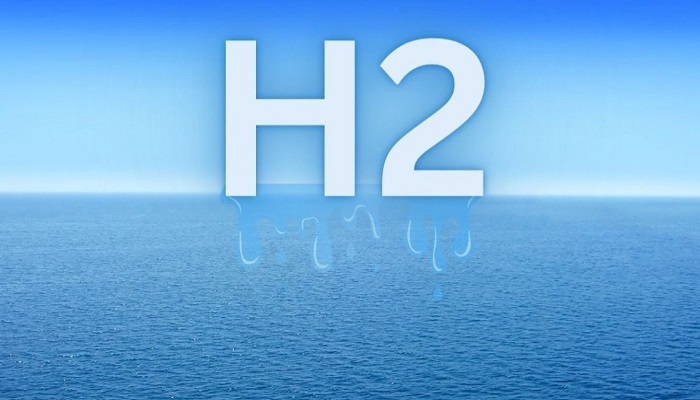With demands regarding global energy escalating, there are increasing challenges related to air contamination and climate change, making the shift towards renewable energy undoubtedly critical.
While nuclear, wind, and solar are fairly well-established alternatives to fossil fuels, hydrogen energy is emerging as a formidable contender that equally does not emit any carbon dioxide.
According to Songshan Lake Materials Laboratory, China’s Professor Lifeng Liu, hydrogen is becoming a crucial vector concerning the energy transition towards carbon neutrality. It can not only be utilized in the transportation sector but also tends to explore a broader range of applications in specific hard-to-decarbonize sectors such as steel production, mixtures of ammonia and methanol, and metal refining, which in turn assists in achieving the net-zero targets of these industries.
However, the truth remains that however clean this kind of energy may be, traditional methods of producing hydrogen through coal gasification and steam reforming are environmentally damaging, which has somewhat significantly diminished its potential.
The actual fact is that, fortunately, hydrogen can be efficiently produced from pure water, the molecules of which consist of oxygen and hydrogen, and that too in a much more eco-friendly manner via electrolysis. The process involves bringing water into interaction with a positively charged electrode known as the anode, during which the undercharged molecules are split into electrons and ions. The components then travel through various paths towards a negatively charged electrode-cathode, where, among other by-products, pure hydrogen is formed.
According to Liu, renewable energy-driven water electrolysis has generally been recognized as a highly promising approach towards green hydrogen production, and several renewable + water electrolysis projects are in the pipeline across numerous countries, but the scarcity of freshwater could potentially become quite a bottleneck for the large-scale rollout of water electrolysers in the coming years, especially in Africa, where the EU intends to deploy 40 GW of water electrolysers by the end of the decade.
This issue prompted Liu and his team to search for alternatives. In their study, which was published in Advanced Functional Materials, they advocated a new approach to hydrogen production from seawater, which incidentally makes up nearly 97% of all the Earth’s water resources.
The actual challenge is that seawater contains significant amounts of compounds like potassium hydroxide and sodium chloride. These also participate in the electrolysis process, thereby increasing energy consumption; however, they do not result in pure hydrogen production while causing corrosion concerning the electrolyzer’s components.
To overcome such challenges, Liu and his team integrated seawater with hydrazine, a molecule composed of hydrogen and nitrogen, which is known to significantly enhance hydrogen generation efficiency. They also coated electrodes with a foil made of tellurium and platinum, which serve as catalysts for the electrolysis process, thereby facilitating the reaction without being consumed in it.
It is noteworthy that the electrolysis system exhibits quite promising results: it maintained catalysis at a very low voltage between electrodes compared to what typical seawater catalysis requires, reducing undesirable side reactions, increasing the reliability of the electrolyzer, and also preventing corrosion.
Moreover, the new system ended up generating more energy than it actually consumed, making hydrogen production self-sustaining.
As explained by Liu, the most remarkable findings of their study indicate that through rational design, seawater electrolysis can occur spontaneously, meaning it can be self-powered, which implies that if one has seawater, they can produce hydrogen from it using the systems they propose without requiring external electricity input.
Their systems can significantly reduce water electrolysis consumption, thus heralding outstanding potential for lowering the cost of hydrogen production. Additionally, their systems allow operations at lower current densities, thus facilitating much larger operational flexibility for the electrolyzers, which represents a technical barrier concerning real-world implementation.
Despite such impressive results, researchers admit that their electrolysis method has some gaps and scientists still need to overcome several fundamental challenges to achieve clean hydrogen production alongside it.
Besides this, the utilization of hydrazine oxidation reactions holds the key when it comes to reducing electrolysis energy consumption.
Yet the reality persists that hydrazine is extremely toxic and its large-scale use for water electrolysis can pose some risks, both to the operators and the environment. Therefore, it is indeed crucial to seek an alternative molecule for substituting hydrazine.

